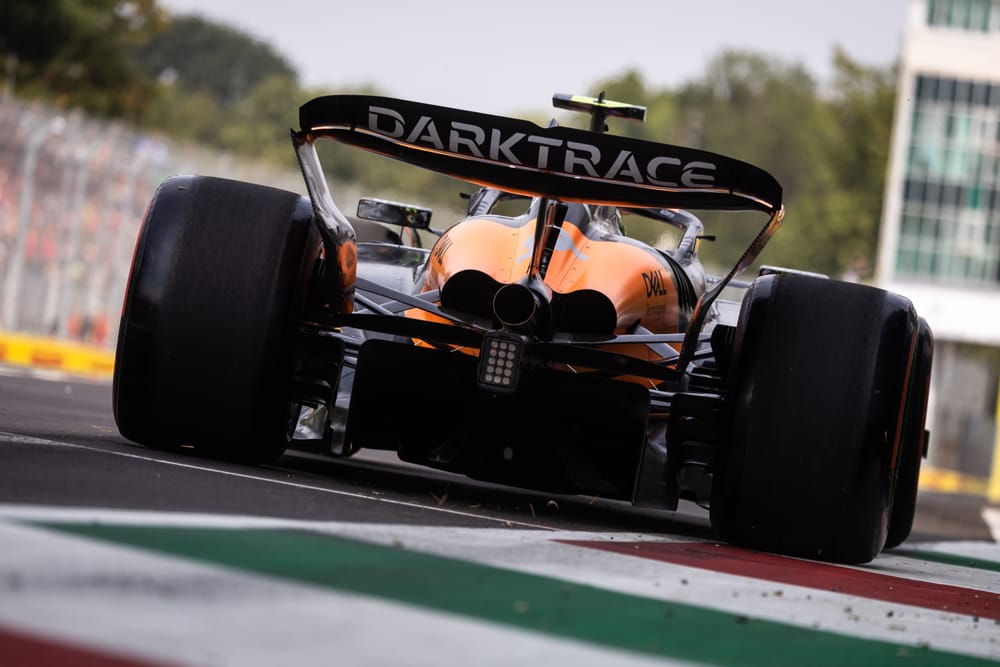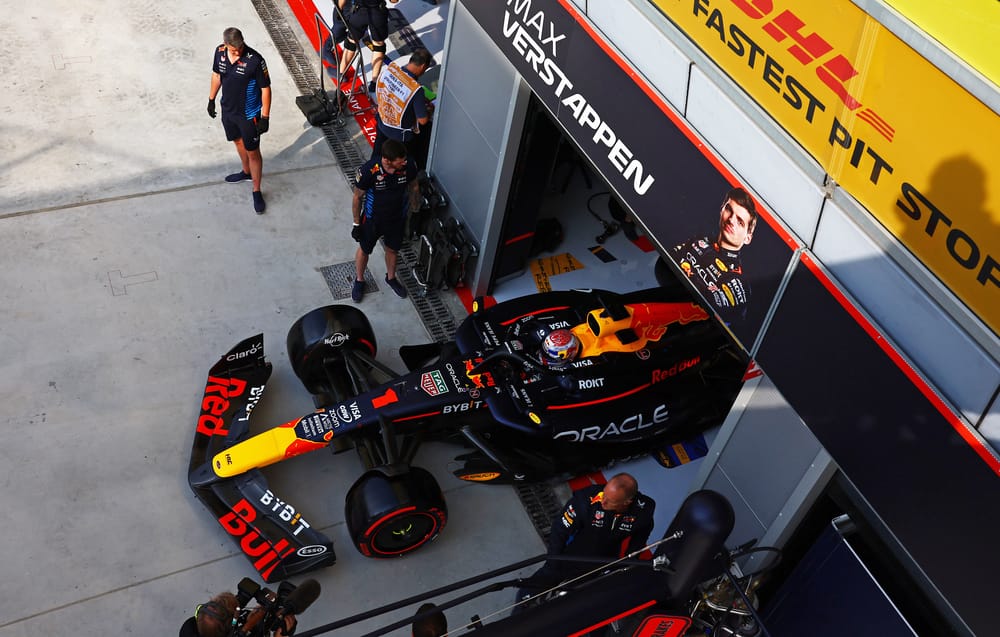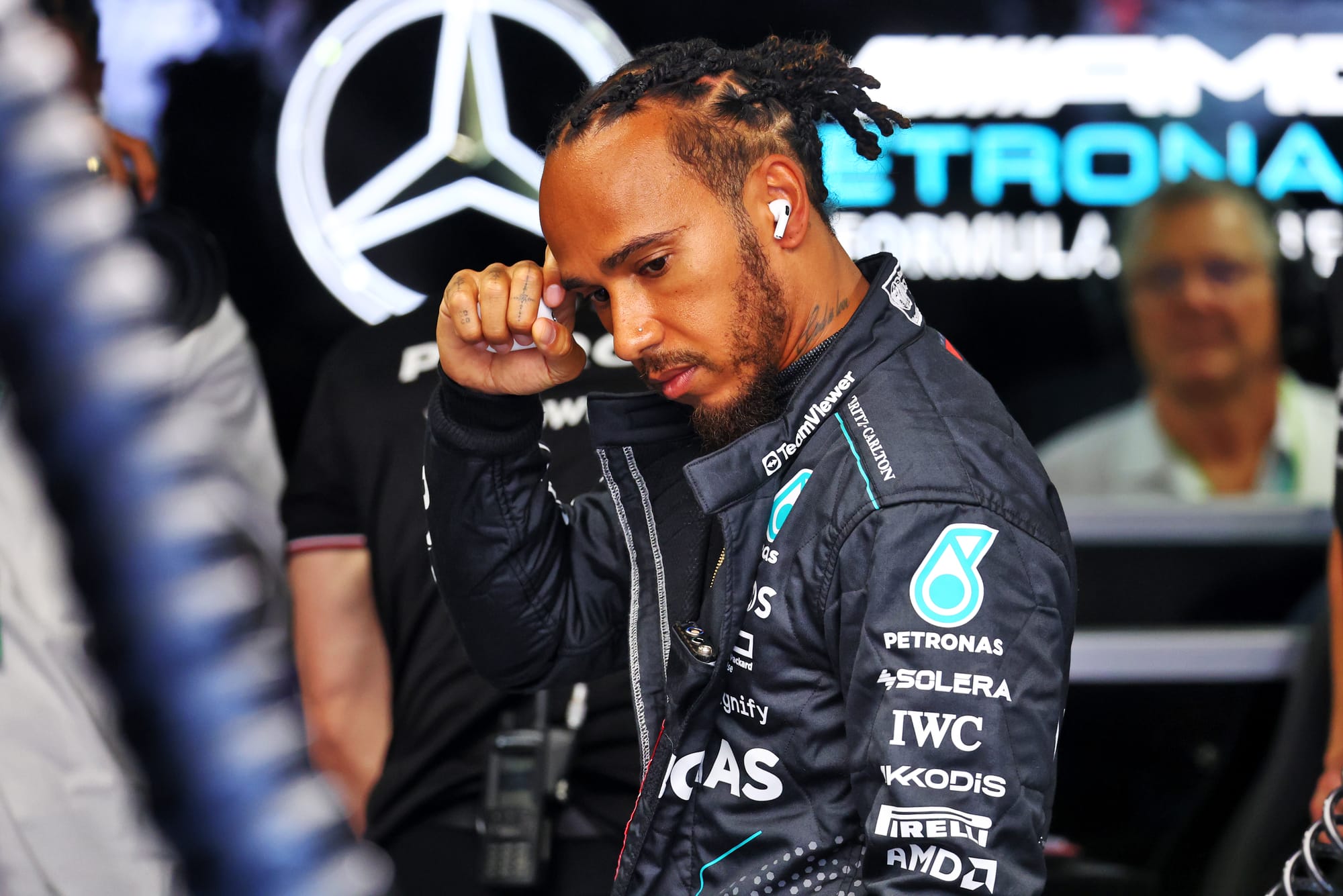Up Next

From the outside, given the all-McLaren front row (Lando Norris from Oscar Piastri), it looks like McLaren turned up at Monza for the 2024 Italian Grand Prix with the fastest car and just continued where it had left off from Norris’ dominant victory at Zandvoort the previous week.
But to achieve that was not straightforward at all. So different was the Monza track this year thanks to its new surface and re-profiled kerbs that virtually everyone had to significantly change their Formula 1 cars after Friday practice.
Get those changes just a little bit wrong and, as Piastri observed, “It would have been easy to have ended up seventh and eighth" as Red Bull did.
Team boss Andrea Stella outlined that challenge: “It’s a very different Monza because the track is now super smooth so you can run stiffer set-ups, run closer to the ground, so there was a bit of exploration to be done and team did a good job from this point of view.”
A DIFFERENT STORY TO ZANDVOORT
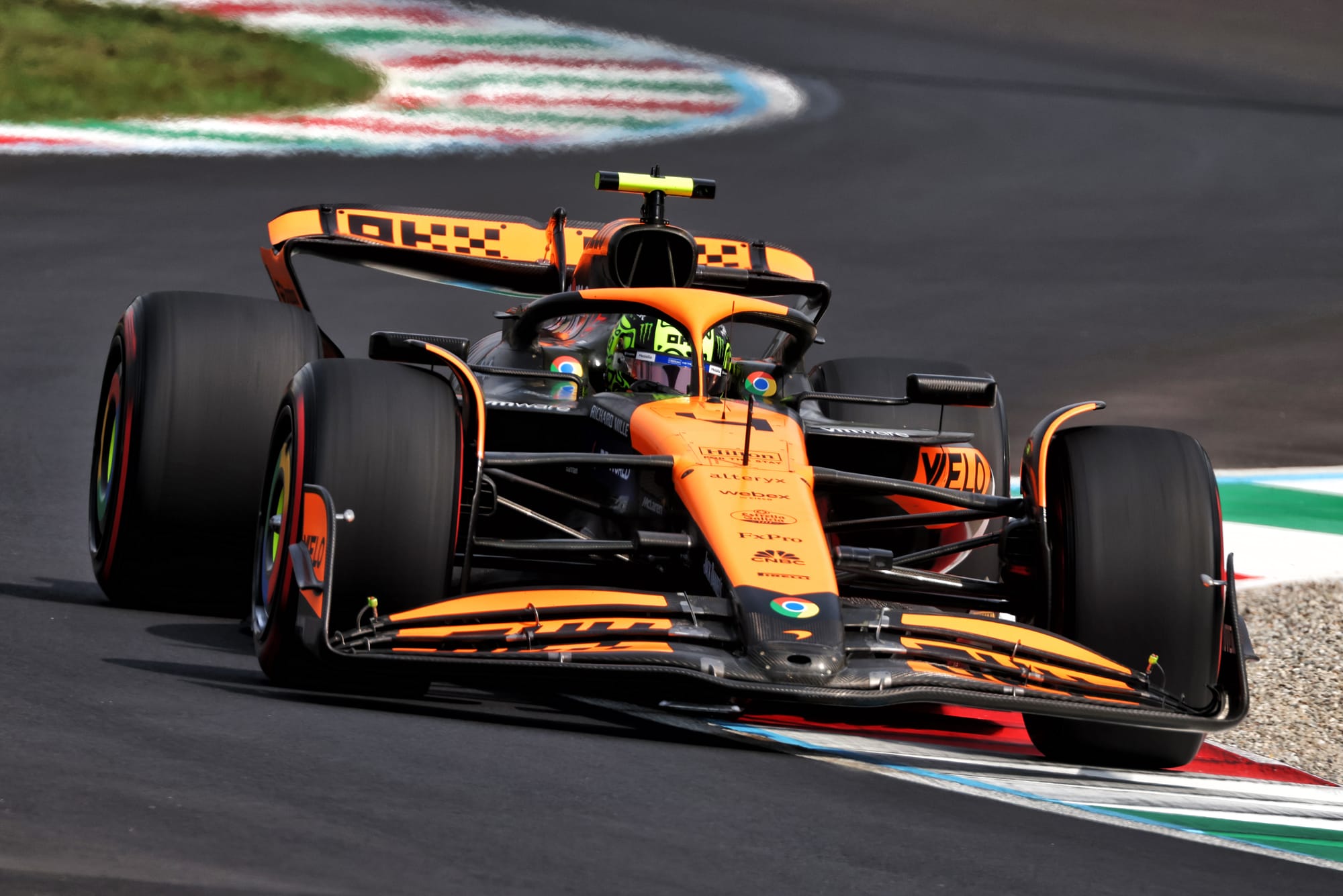
This was not like Zandvoort, where Norris and the McLaren had comfortably more inherent pace than everyone else.
This was much more about stringing everything together perfectly on a weekend where the basic performance of the cars of the top four teams was remarkably close, much closer than the final times make it look.
“I think every driver from each of the top four teams was in a condition to lock first place on the grid,” said Stella. “The real difference was the driver being confident from the car, especially as it was a track which was changing.
"The track changed a lot from yesterday to today. It kept improving as the F1 cars and other categories ran. The drivers got used to the track. We didn’t have a big difference in car behaviour compared to yesterday.
"It behaved in a consistent way over the couple of days, which was a strength, as we saw various cars being quick at different stages. Verstappen did a 19.6 in Q2 on used tyres [compared to 20.0s on new tyres in Q3 and Norris’ pole of 19.4s]. But it looks like the balance went away from him and it looks like something similar with Hamilton.
"The strength of our car is it’s consistent, even as conditions were very tricky.”
HOW MCLAREN OPTIMISED ITS CAR
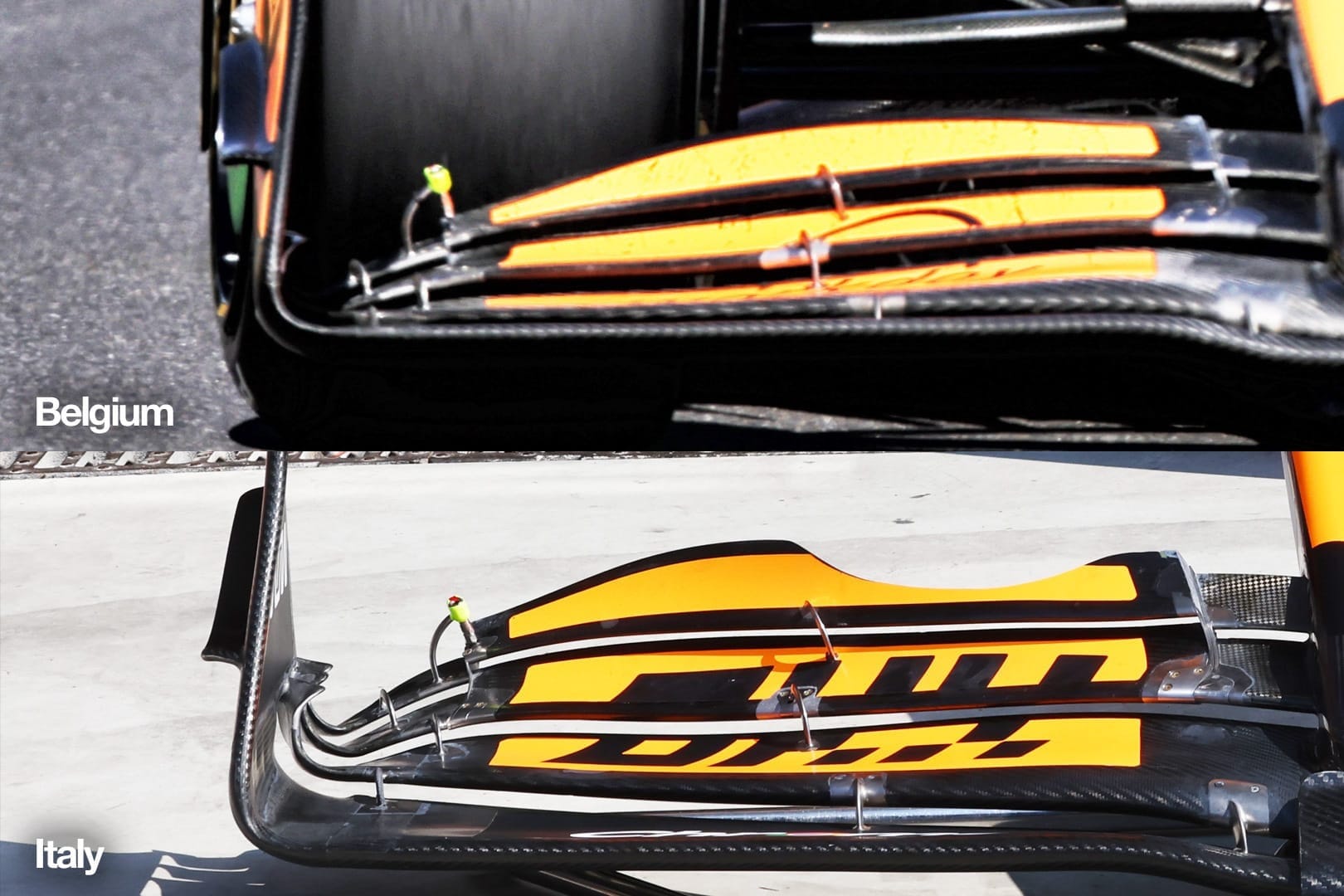
The significant car changes between the two days were mechanical. Although McLaren used a front wing with a trimmed upper flap on Friday, this was replaced by a more conventional one for Saturday.
This was simply because the trimmed wing was not deemed necessary.
“We just experimented with that in case we needed to go lower on the rear wing," explained Stella. "But we found with the rear wing we chose, we could keep the usual front wing.”
Generally, the McLaren seemed to be running a similar level of wing to Mercedes, significantly less than Red Bull and a little more than Ferrari.
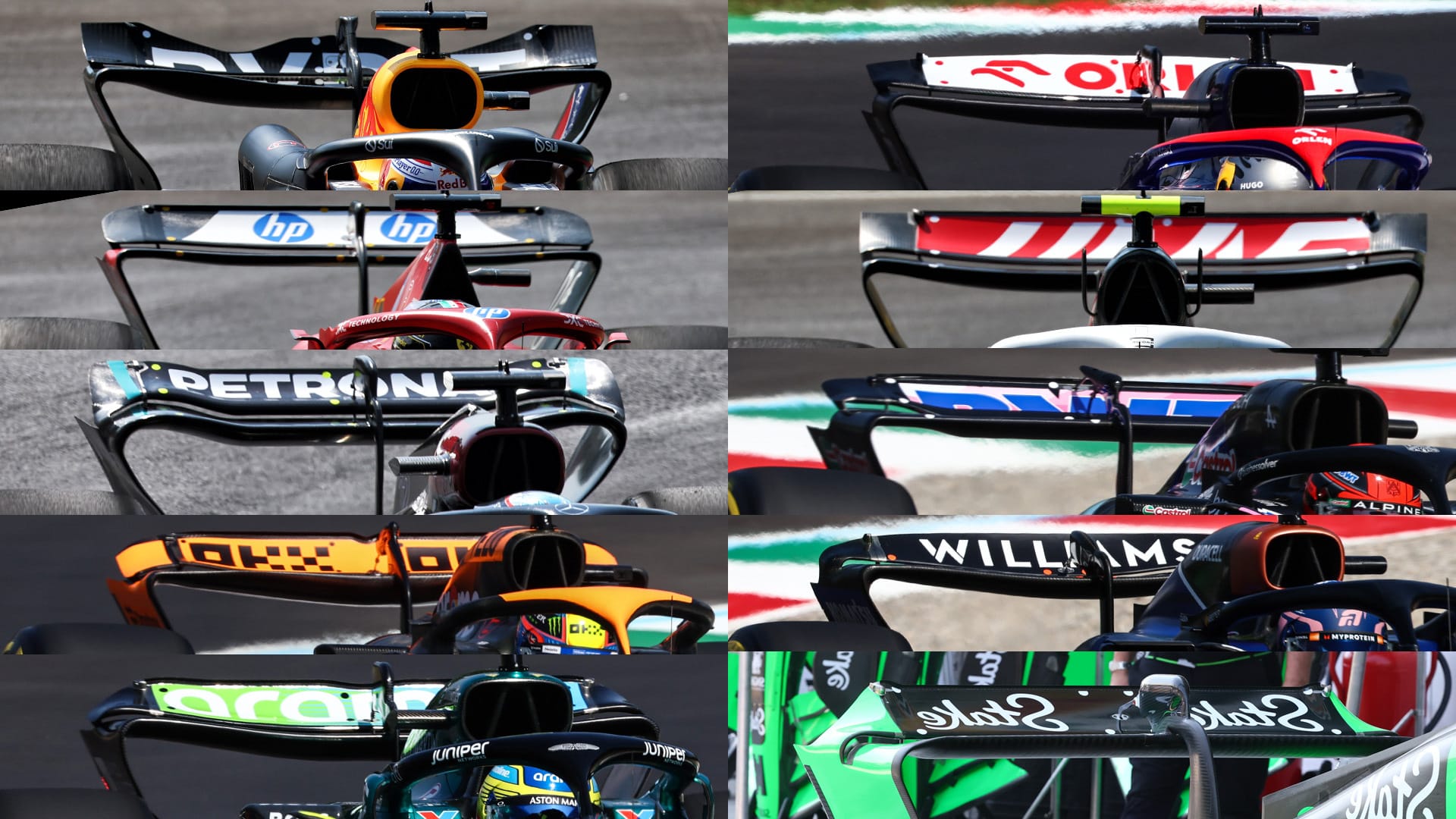
There isn’t a ‘correct’ level. Each car will operate with differing levels of aero efficiency at difference downforce levels. How well a car’s efficiency sweet spot dovetails with the ideal level for the track can swing things considerably.
Some indication of that spread can be gained from looking at the respective speeds of the McLaren, Mercedes, Ferrari and Red Bull between the start/finish line and the speed trap just before the braking zone for Turn 1.
The start/finish line is early enough on the straight that your speed across it is heavily influenced by how quickly you have exited Parabolica, so a big-winged car can be surprisingly similar in speed to a skinny-winged one at that point.
But the gap between the two will have grown substantially by the time they go through the speed trap a few hundred metres further on.
Speeds (km/h) at start/finish and trap
|
|
Norris |
Russell |
Verstappen |
Sainz |
|
Start/finish line |
319.3 |
319.2 |
319.4 |
320.3 |
|
Speed trap |
349 |
348.7 |
347.2 |
350.3 |
|
Gain |
29.7 |
29.5 |
27.8 |
30 |
HOW RED BULL'S RIVALS WON THE DAY
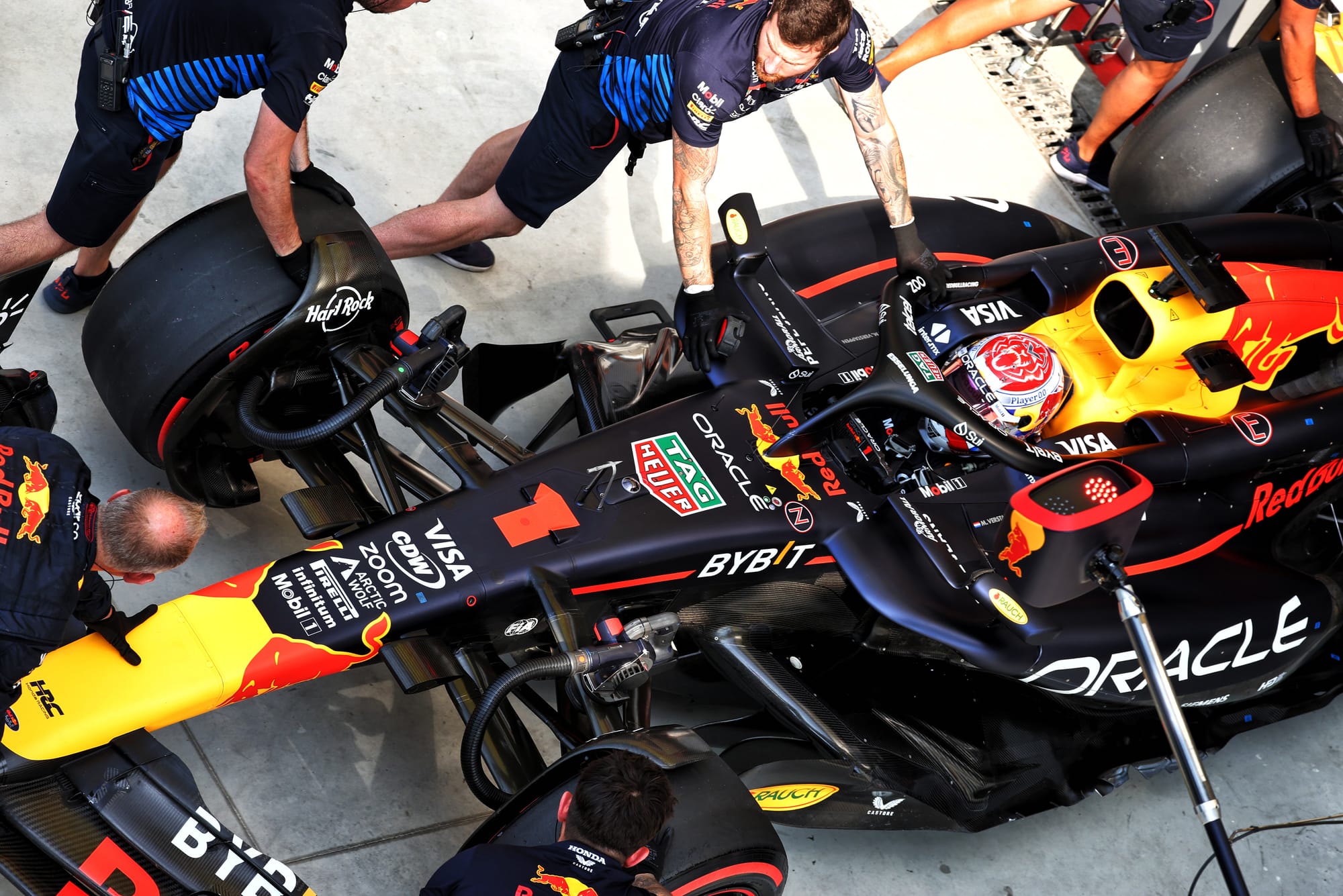
Potentially the Red Bull was the McLaren’s closest competitor here, given that used tyre time of Verstappen’s in Q2. But Verstappen was aghast at the sudden lack of grip on his new tyres in Q3.
His final run was also spoiled by team-mate Sergio Perez ahead of him running through the gravel on the exit of Lesmo 2. This not only scattered gravel onto the track as Verstappen arrived there, but meant he was in Perez’s turbulence from there down to and through Ascari.
It all left Verstappen down in seventh.
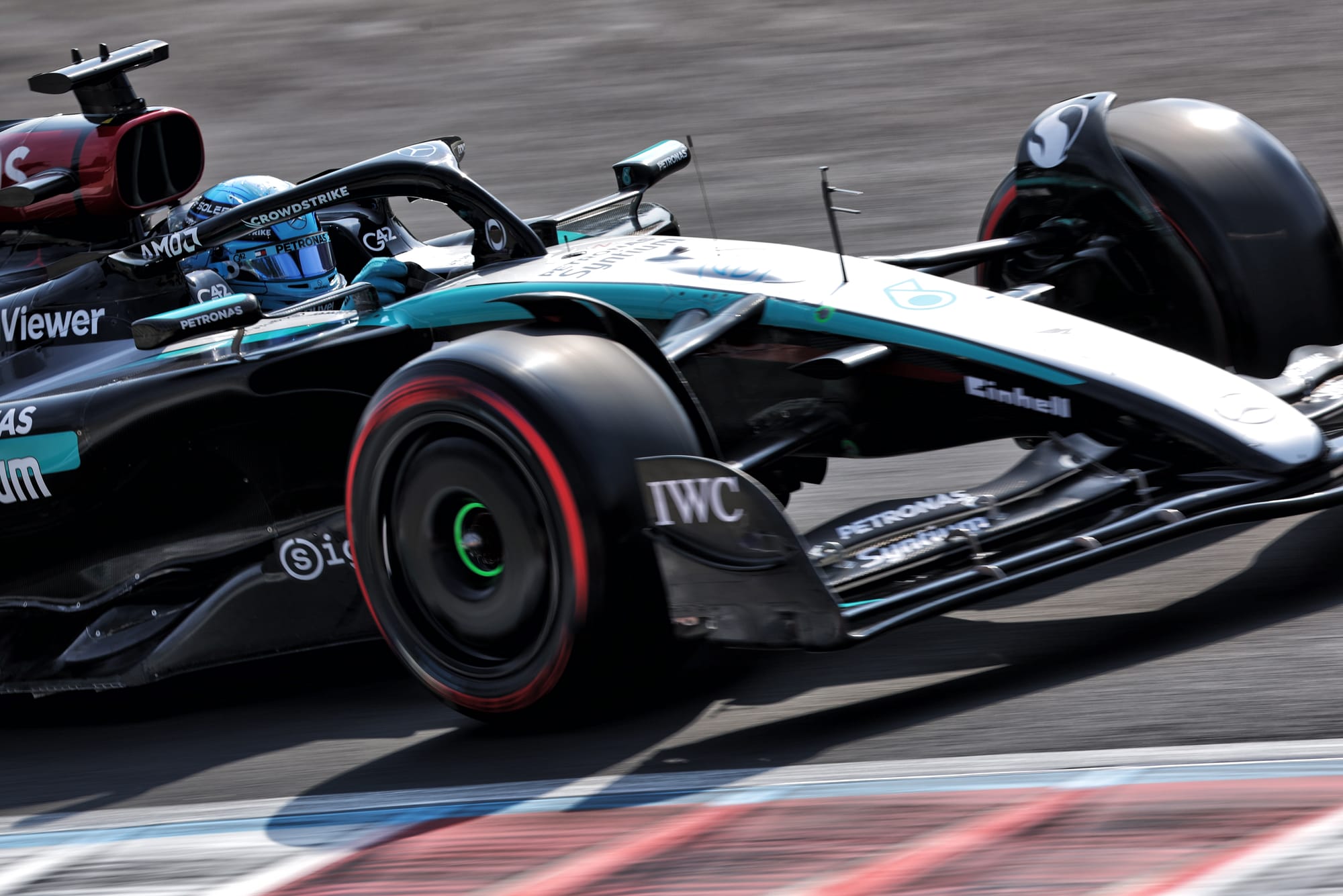
Given that Piastri was a solid back-up to Norris’, with a lap only 0.1s slower, Verstappen’s problems created an opportunity for the Mercedes and Ferrari drivers to be best non-McLaren, a contest shaded by George Russell.
He got a good tow (ironically from Verstappen) to begin his lap, putting him 0.05s ahead of Norris on the lap by the time they arrived at the braking zone for the first chicane.
Norris then didn’t have a great run through the newly-shaped chicane there, as he explained: “It just didn't feel like a nailed lap. You want everything to flow.
"I tried pushing the braking a bit more for one, and I actually got T1 so much better, But I then smashed the inside kerb of Turn 2, because I turned in too early.
"So I was about tenth and a half down just after Turn 1. So I was kind of like, ‘eek, it's over already before it even starts’. And I didn't really expect to gain it.
"But then I nailed the second chicane and gained one and a half tenths back straight away. And then just made a couple of hundredths of a gain in every corner from that point on.
"So it just didn't feel like a nailed lap. It didn't feel as good as my lap last weekend, but clearly still good enough for pole, which is a nice feeling.”
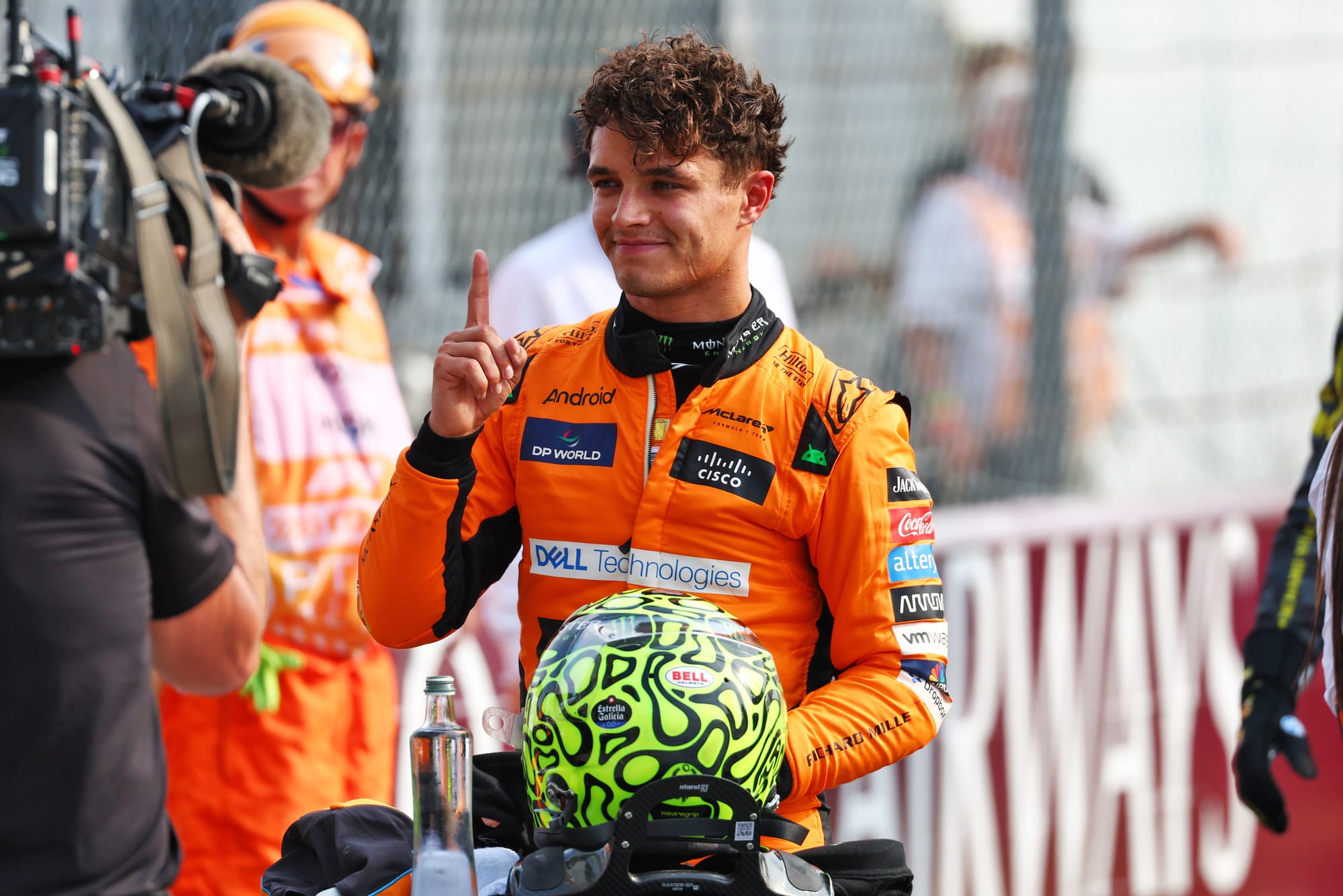
By comparison Russell’s Mercedes is just a bit lazier into the slow turns. It generally doesn’t like really hot track temperatures and although it had cooled a little by Q3, that was still in the high 40-deg C range.
Russell wasn’t able to hustle the Merc as aggressively into the entries as Norris and Piastri, his run through Lesmo 2 wasn’t great and lost him time down the following straight.
He lost 0.257s to Norris in sector two. Into Alboreto (nee Parabolica), it was teetering on the edge and Russell was hyper-sensitive with his throttle application at a place where Norris could be bold.
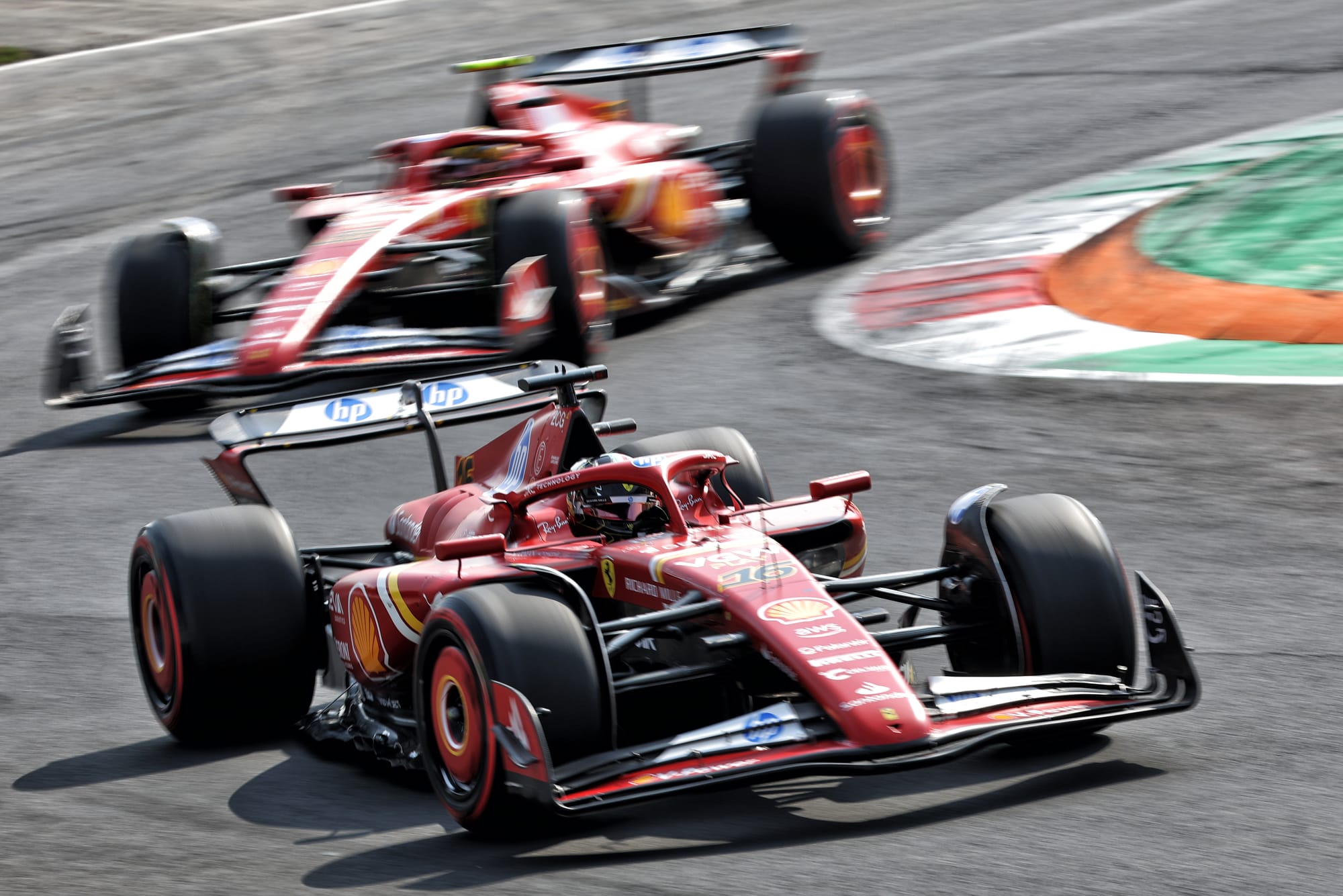
The low-drag Ferrari was always comfortably quickest through the first sector but always lost a little more through Sector 2 than it gained in Sector 1.
Charles Leclerc and Carlos Sainz went fourth and fifth, separated by hundredths, with Hamilton’s Mercedes sixth after a poor final lap for which he said "there is nobody else to blame but myself”.


